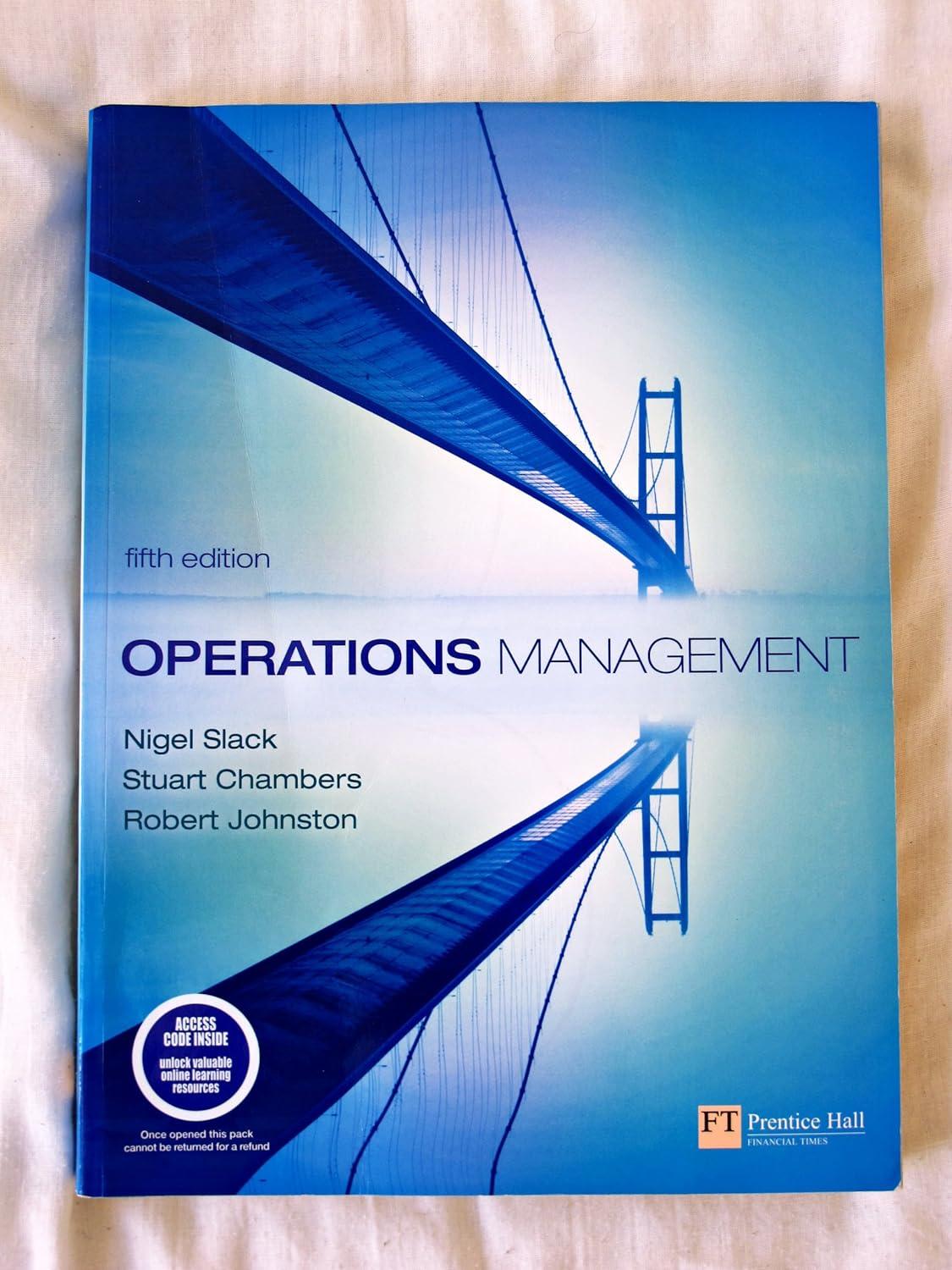Towards the end of the 1990s, much of the European retail banking industry was facing unprecedented levels
Question:
Towards the end of the 1990s, much of the European retail banking industry was facing unprecedented levels of competition.
This was partly the result of excess capacity (many towns had four or more bank branches within 100 metres of each other) and partly triggered by the presence of aggressive new entrants, including insurance companies and other retailers, such as supermarkets. Many of the new retail banks concentrated on a few simple financial products such as current accounts, deposit accounts and mortgages, in contrast to most conventional banks, which offered hundreds or even thousands of different products. At the same time, new delivery systems such as telephone and internet banking were being introduced.
South West Cross Bank (SWX) had not performed well and was in the lower quartile of the big banks in Europe. However, it did have a strong retail brand image, high market shares in some sectors (such as small business loans) and a reliable but unspectacular profit record. But it was perceived to be late in recognizing the importance of developing its operations. Many large banks had been much quicker to install the latest information systems, allowing automation of many routine activities. Several competitors had experimented with centralization and/or regionalization of routine operations, such as telephony and correspondence, that had previously been carried out in the branches. This had freed up staff time for selling financial products and at the same time had introduced efficiencies that could never have been achieved at branch level. Some banks, however, had paid a price. Not all customers were satisfied with the changes and some banks had received bad publicity. This letter to a national newspaper was typical: 'My bank recently introduced, without warning, a bizarre system whereby a customer cannot telephone his branch manager or write to him and expect him to receive the letter and reply to it. A London customer now has to ring a number in Wales, where a call will be diverted to some central point which deals with general enquiries, balances, standing orders, statements, etc. If the customer writes to his branch manager, he does not see the letter and it frequently seems to disappear. When the customer does not receive a reply, he has no idea whom to ring to check up. In other words, there is no one point of contact within the bank.
This appalling treatment is being meted out to all customers of however long standing. Everyone I know is complaining bitterly about it.'

Questions
1. How would these changes affect the job of a branch manager? What new skills would be required?
2. What would be the effect on the job design of branch employees in terms of the elements of the ‘behavioural’ design model?
3. Compare the extent to which empowerment is feasible and desirable at a branch and at a CPC.
4. Prepare a process flow chart for the cheque-processing operation. How many of the steps are value-adding?
Step by Step Answer:

Operations Management
ISBN: 9780273708476
5th Edition
Authors: Nigel Slack, Stuart Chambers, Robert Johnston





